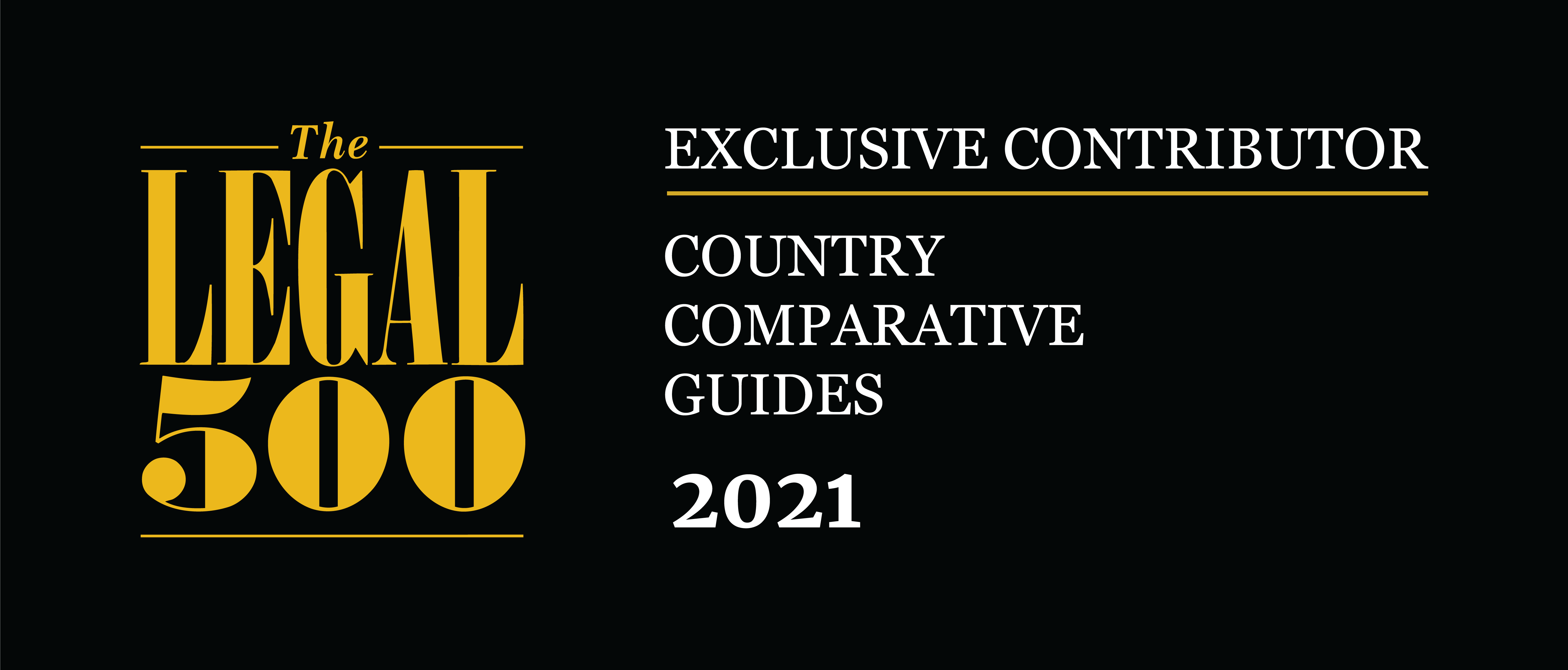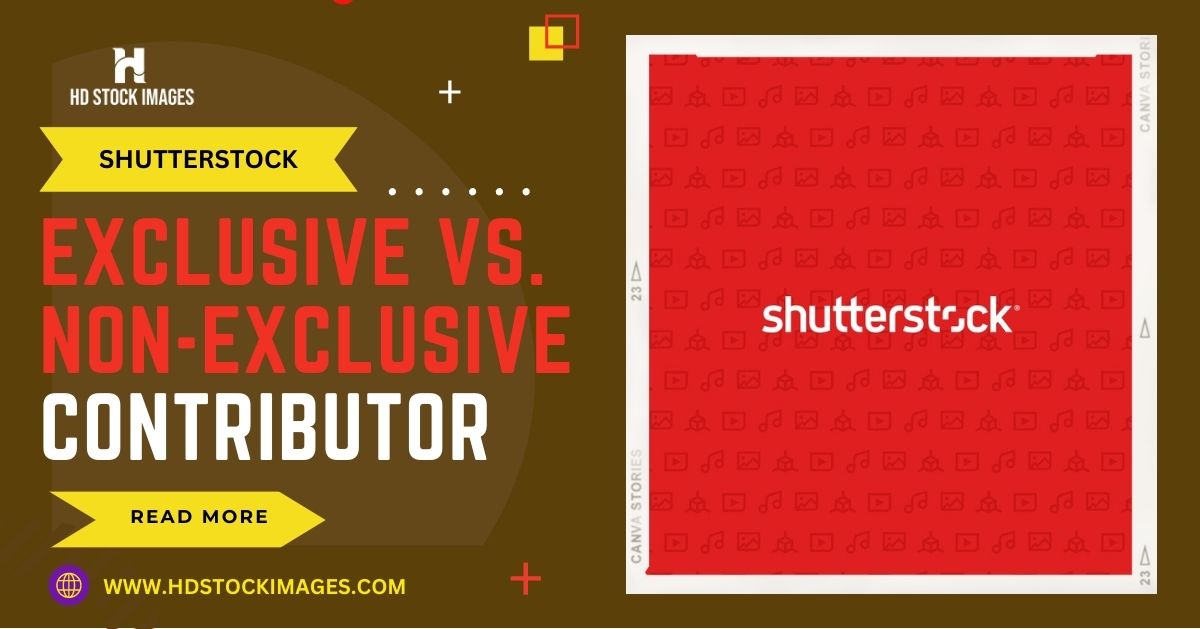I. Introduction
Shutterstock is one of the leading stock photography agencies in the world. It offers a variety of features for contributors, including the ability to sell their images to a large customer base. However, there are two different types of contributor accounts on Shutterstock: exclusive and non-exclusive.In this article, we will discuss the pros and cons of each type of contributor account. We will also provide some additional considerations that you should make when deciding which type of account is right for you.Also Read This: How to Sell Your Photos on Getty Images for Beginners
II. Exclusive Contributor
 An exclusive contributor is someone who agrees to sell their images only on Shutterstock. This means that your images will not be available confront any other stock photography agency. In return, Shutterstock offers exclusive contributors a higher commission rate (50%) and the potential to earn exclusivity bonuses.There are several pros to becoming an exclusive contributor on Shutterstock. First, you will earn a higher commission rate on your images. This means that you will make more money for each sale. Second, you will have the potential to earn exclusivity bonuses. These bonuses are based on the number of images that you sell, so you could earn a significant amount of extra money if you are successful.However, there are also some cons to becoming an exclusive contributor on Shutterstock. First, you will have less control over how your images are used. For example, Shutterstock may use your images in marketing materials without your permission. Second, you will not be able to sell your images on other stock photography agencies. This means that you could miss out on potential sales if your images are not available on other platforms.Ultimately, the decision of whether to become an exclusive contributor on Shutterstock is a personal one. There is no right or wrong answer, and the best choice for you will depend on your individual goals and circumstances.If you are primarily interested in making money from your stock photography, then becoming an exclusive contributor is a good way to do that. However, if you are also interested in having creative control over your images and seeing them used in a variety of ways, then becoming a non-exclusive contributor may be a better fit.Here are some additional considerations that you should make when deciding whether to become an exclusive contributor on Shutterstock:
An exclusive contributor is someone who agrees to sell their images only on Shutterstock. This means that your images will not be available confront any other stock photography agency. In return, Shutterstock offers exclusive contributors a higher commission rate (50%) and the potential to earn exclusivity bonuses.There are several pros to becoming an exclusive contributor on Shutterstock. First, you will earn a higher commission rate on your images. This means that you will make more money for each sale. Second, you will have the potential to earn exclusivity bonuses. These bonuses are based on the number of images that you sell, so you could earn a significant amount of extra money if you are successful.However, there are also some cons to becoming an exclusive contributor on Shutterstock. First, you will have less control over how your images are used. For example, Shutterstock may use your images in marketing materials without your permission. Second, you will not be able to sell your images on other stock photography agencies. This means that you could miss out on potential sales if your images are not available on other platforms.Ultimately, the decision of whether to become an exclusive contributor on Shutterstock is a personal one. There is no right or wrong answer, and the best choice for you will depend on your individual goals and circumstances.If you are primarily interested in making money from your stock photography, then becoming an exclusive contributor is a good way to do that. However, if you are also interested in having creative control over your images and seeing them used in a variety of ways, then becoming a non-exclusive contributor may be a better fit.Here are some additional considerations that you should make when deciding whether to become an exclusive contributor on Shutterstock:- Your portfolio: If you have a strong portfolio of high-quality images, then you may be more likely to be accepted as an exclusive contributor.
- Your goals: If you are primarily interested in making money from your stock photography, then becoming an exclusive contributor is a good way to do that. However, if you are also interested in having creative control over your images and seeing them used in a variety of ways, then becoming a non-exclusive contributor may be a better fit.
- The competition: The stock photography market is very competitive, so it is important to consider how your images will stand out from the crowd. If you have unique or high-quality images, then you may be more likely to be successful as an exclusive contributor.
Also Read This: Understanding YouTube Editor Salaries
III. Non-Exclusive Contributor
 A non-exclusive contributor is someone who is free to sell their images to any stock photography agency. This means that your images could be available on Shutterstock, as well as other agencies like iStockphoto and Dreamstime. In return, non-exclusive contributors earn a lower commission rate (30%) but have more control over how their images are used.
A non-exclusive contributor is someone who is free to sell their images to any stock photography agency. This means that your images could be available on Shutterstock, as well as other agencies like iStockphoto and Dreamstime. In return, non-exclusive contributors earn a lower commission rate (30%) but have more control over how their images are used.Also Read This: Obsession with Overlay: Adding a Spotify Overlay to OBS – A Complete Guide
IV. Here's a table of Pros and Cons of Exclusive and Non-Exclusive Contributors on Shutterstock:
| Factor | Exclusive Contributor | Non-Exclusive Contributor |
|---|---|---|
| Commission rate | 50% | 30% |
| Exposure | More exposure to Shutterstock's large customer base | Less exposure to Shutterstock's customer base |
| Potential for exclusivity bonuses | Yes | No |
| Control over how images are used | Less control | More control |
| Ability to sell images on multiple agencies | No | Yes |
| Terms of service | More restrictive | Less restrictive |
exclusive contributor sales vs non-exclusive contributor sales - https://t.co/7czXV4jTby - Joined: March 8, 2014 this is my joining date …
— David J. Castresana (@davidjcc_Zgz) November 7, 2016
Also Read This: Getting Started with Your Portfolio on Behance
V. FAQ
- A higher commission rate (50%)
- The potential to earn exclusivity bonuses
- More exposure to Shutterstock's large customer base
- More control over how your images are used
- The ability to sell your images on multiple agencies
- Less restrictive terms of service
- Your goals: Do you want to maximize your earnings or have more control over how your images are used?
- Your images: Are your images unique or high-quality?
- Your competition: How competitive is the market for your type of images?
- The exclusivity bonus can be a significant amount of money, depending on the number of images you sell.
- The exclusivity bonus is a way to reward exclusive contributors for their contributions to Shutterstock.
- The exclusivity bonus is not guaranteed. You must meet certain requirements in order to be eligible for the bonus.
- The exclusivity bonus may not be enough to offset the lower commission rate that exclusive contributors receive.
- Your goals: Do you want to maximize your earnings or have more control over how your images are used?
- Your images: Are your images unique or high-quality?
- Your competition: How competitive is the market for your type of images?
- Your willingness to take on risk: The exclusivity bonus is not guaranteed, so you must be willing to take on some risk if you decide to pursue it.

 admin
admin







